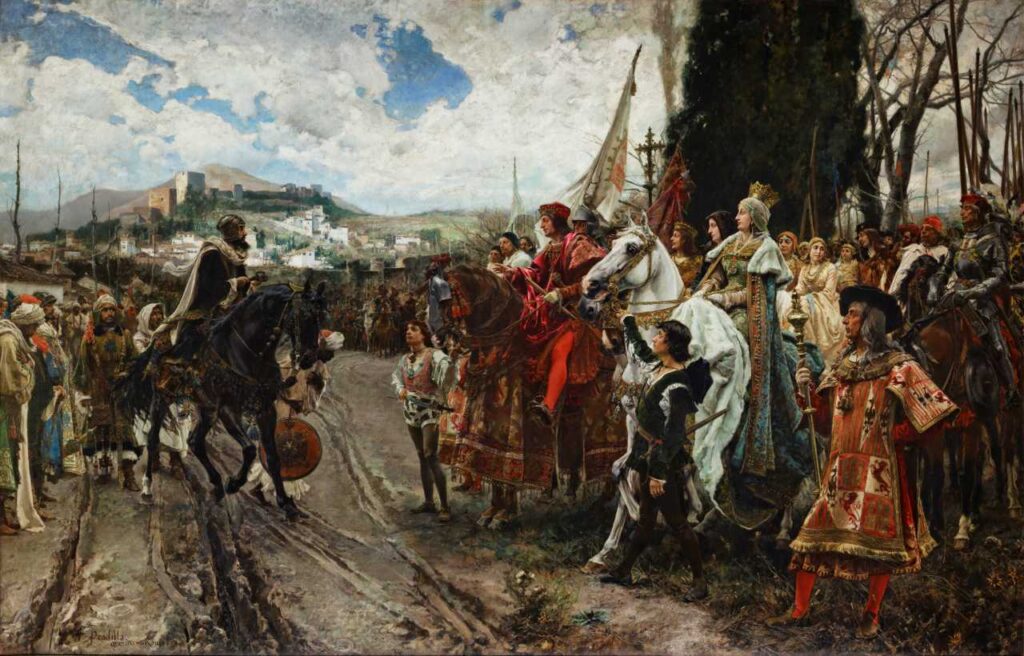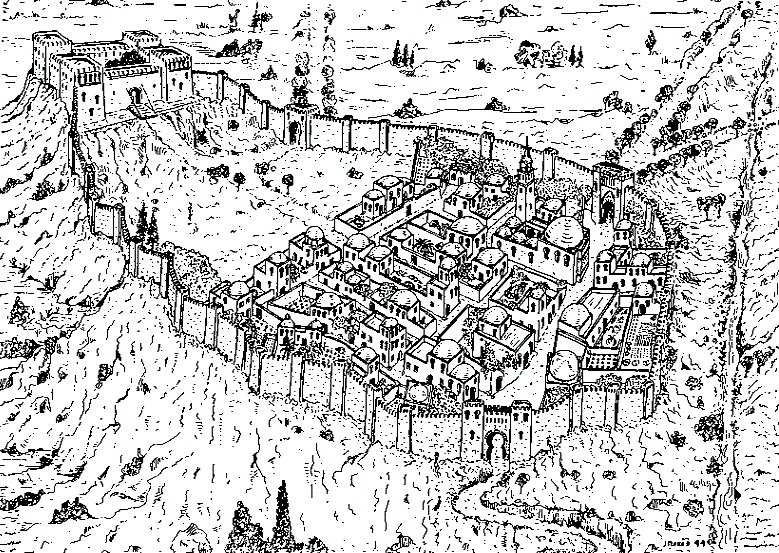Madrid is the capital of Spain because in 1561 King Felipe II decided so. Previously, the court traveled to whatever cities the king went, which were usually Castilian, such as Toledo. Until then, Madrid was only a small city– but in a short time, it had to grow to become the capital of an empire. What few know, not even the locals of Madrid, is that the current capital of Spain was born as a small Arab city in the ninth century, called Mayrit.
Currently, experts still have doubts about the origins of the city. Perhaps the Carpetanos (or the Carpathians) inhabited the center of the Iberian Peninsula, a people of the many pre-Roman tribes that lived in Spain before the domination of the Roman Empire. It is also possible that the Visigoths (who were Christians), whose capital was Toledo, had a small settlement in what is currently Madrid.
But we must not forget that in 711 the Arabs quickly invaded the Iberian Peninsula from the South to the North. The Visigoths had to retreat to the mountainous North of Spain, where a group of Christian Visigoths created the new Astur Kingdom. From the hands of the military leader Don Pelayo, in the year 722 (only 10 years after the arrival of the Muslim invasion), the so-called Reconquest began. It didn’t end until the Catholic Monarchs in the fifteenth century conquered the city Granada.

Step by step, the Christians reconquered Spain century after century. Once again, in the ninth century, the Christian kings were very close to Toledo, the ancient Visigoth capital, one of the most symbolic places for Christians. The Arabs knew this, and the Muslim king Mohamed I decided to create a small fortified city North of Toledo to control Christian advances. That city was built on top of a flat hill and consisted of a fortress with a small military city surrounding the area. The name of that city was Mayrit, current-day Madrid.

The Arabs gave it that name because of the abundance of water in the area. Several rivers bathed the city, with much groundwater below, the word “Ma” in Arabic means “water.”
But finally in the eleventh century, the Christian king Alfonso VI of León, known by the Arabs as “the wild cat” for his brave character, reconquered the cities of Toledo and Madrid. In the Old Town of Madrid, still today there is a narrow street with medieval origins that bears his name.
Very few people know, and even many locals in Madrid are unaware, that there are still about 150m of Arab wall from the 9th century very close to Madrid’s cathedral. According to legend, the hypothetical (although very likely) Visigothic population that inhabited the area of the current city of Madrid had a small image of the Virgin Mary. When the Arabs conquered Spain in 711, the Visigoths hid it, so that the Arabs would not find and destroy it.. They sealed the statue and two lit candles in the hole with clay and stones, and then fled from the area before the Arabs would arrive. Finally, the Arabs found the military city of Mayrit, and the Christian king Alfonso VI reconquered it in the eleventh century.
The legend narrates that the king knew of this legend and wanted to find the sacred statue. So one night, the king accompanied a religious procession of monks around the city’s medieval walls. Suddenly, and miraculously, they passed by the ancient hidden hole where the Visigoths hid the statue of the Virgin centuries before. The stones fell and the king saw in front of him the intact statue of the Virgin Mary, and they were surprised that the two candles were still burning. The king understood the Virgin wanted a church in that place, where the Almudena Cathedral currently is today.

Even today, in the same place where Alfonso VI hypothetically found the statue of the Virgin, a niche continues with an image of the Virgin Mary, with two candles.
If you are still history-hungry 🙂 you can join our Discovering Medieval Madrid tour to learn about the origins of the capital city that date back to the Middle Ages. We’ll explore Muslim ruins, historic gardens and monuments, as well as streets with strong influence from Arab and Jewish origins.
